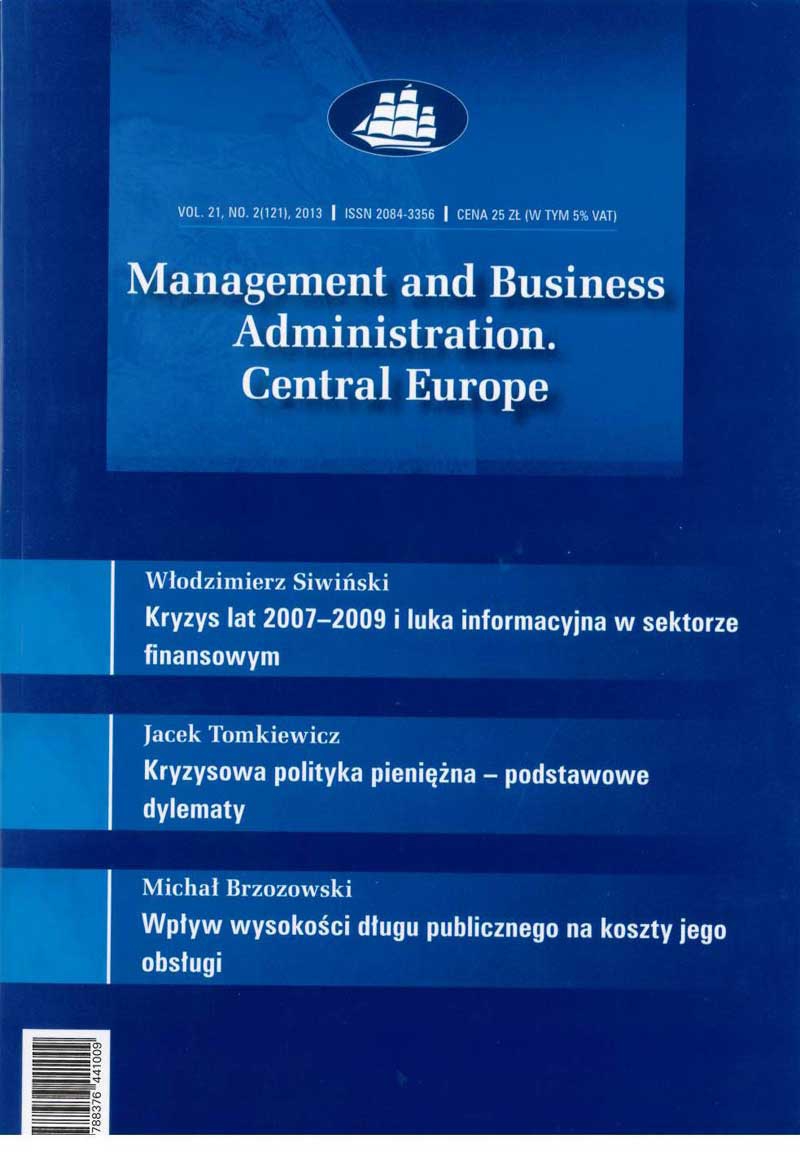The Theoretical Basis of an Integrating Currency Area. The Dilemmas of Polish Accession to the Eurozone
The Theoretical Basis of an Integrating Currency Area. The Dilemmas of Polish Accession to the Eurozone
Author(s): Mieczysław DobijaSubject(s): Economy
Published by: Akademia Leona Koźmińskiego
Keywords: capital; monetary unit; exchange rate; production function; labor productivity; self-financing labor; integrating currency area
Summary/Abstract: Purpose: The purpose of this paper is to present a theory that defines the creation of an area that includes many countries, in which there is one, single currency and the countries are characterized by a diversifi ed productivity. That is why the paper shows the importance of labor productivity parity for the creation of an integrating and non-discriminatory currency area and indicates the role of this value in the theory of the exchange rate. Additionally, the paper analyzes the risks arising from joining the eurozone. Methodology: The basic methodology is defi ned by a fundamental analysis of the exchange rate and its relation to labor productivity parity. The author formulates a theory of a currency area that integrates economies with different levels of labor productivity. The methodology is supplemented by calculations and a ranking of countries according to the Q-index. Findings: Listing the member countries and candidate countries of the eurozone according to the labor productivity index has demonstrated that the founding member states are characterized by a Q-index close to 3.30. The countries that are already in the eurozone with an index of less than 2.5 belong to the group where problems are accumulating. Countries that are candidates for the eurozone with an index below 2.0, such as Poland, cannot become member of the eurozone. The principles of creating a currency area can however be modifi ed in such a way that countries with various levels of Q can become members, by developing cooperation that is beneficial to the socio-economic development. Originality: The labor productivity index Q is a result of elaborating an original concept of the production function that is suitable for the purposes of economic analysis. According to this function the Q-index is equivalent to the category labor share and the variable F corresponds to TFP. The function overcomes the disadvantageous features of econometric models of production identifi ed by Joan Robinson and the obtained results modify the theory of the exchange rate, creating good prospects for general monetary integration.
Journal: Management and Business Administration. Central Europe
- Issue Year: 123/2013
- Issue No: 4
- Page Range: 3-24
- Page Count: 22
- Language: English

